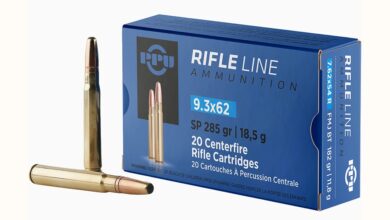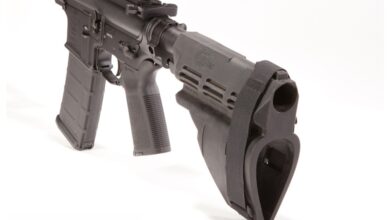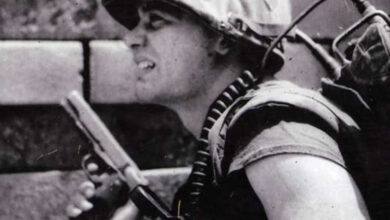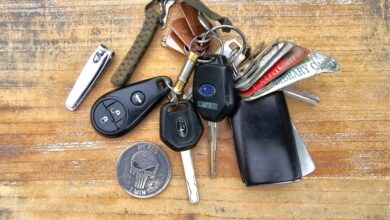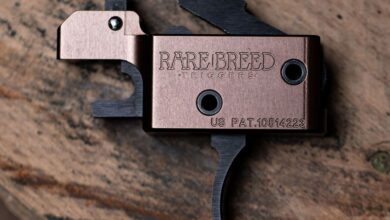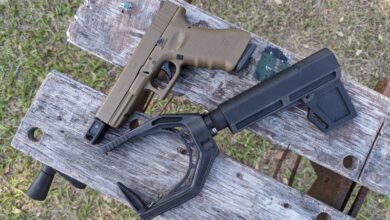So You Want to Carry a Revolver: Part One
So, you want to start carrying a revolver. I’m hoping this series of articles will help you feel more confident about carrying one every day. To start, let’s familiarize ourselves with the fundamental differences between an autoloading pistol and a revolver, which you probably know already but are important to understand before we continue into the next part of this series of articles.
Trigger
The main difference between revolvers lies in the long pull of the trigger and the lengthy reset. We won’t get into single-action revolvers for this comparison, as they’re not typically suited for modern everyday carry scenarios, though they may have their place as ranch sidearms. The trigger on a double-action revolver is long and often very heavy, upwards of 10 or 12 pounds. The reset is equally as long.
You will have some training scars come up if you don’t practice often. A double-action revolver trigger needs complete follow-through. That means pulling all the way to the rear and letting all the way out. No longer can you ride the “reset” of a striker-fired semi-auto. You don’t necessarily need to let go of the trigger, but you do need to let it all the way out until it stops moving to ensure that the revolver is reset for the next shot. It is very easy to short-stroke a revolver trigger if you ride the reset, which could get you into some trouble in a defensive situation.
This doesn’t mean revolvers are inferior to semi-autos, nor does it suggest that you’ll be any less accurate or slower; it’s just that they’re different than what you may be accustomed to. To become proficient with any handgun required training, especially so with a revolver if you want to become just as fast with it as your semi-auto.
Capacity
Capacity is another concern with a revolver. Typically, “carry-sized” revolvers usually hold only five or six shots, with some larger framed wheel guns offering seven and, in some cases, eight. If you’re considering the switch from a semi-auto, capacity should be top-of-mind. Usually, five or six shots will cover you for a vast majority of defensive situations. However, we live in a world where experiencing multiple armed attackers is more commonplace, with the number of rounds you have in a gun acting as the number of chances you have to get out of a defensive situation.
It’s just something to consider if you’re looking to make the switch. On the other hand, carrying a revolver heightens your situational and tactical awareness due to the capacity restraints, prompting more thoughtful ammunition expenditure in defensive situations. Also, rotating moon clips and speedloaders into your training schedule ensures quick reloads during high-pressure situations.
Size, Ergonomics, and Weight
The feel of a revolver is much different than that of an auto-loader. When it comes to EDC revolvers, you’ll find that they offer better comfort for carrying and quicker access because of the ergonomic grip design. There are plenty of aftermarket grips for all different sizes of revolvers, making them easily customizable to your individual preference. Revolvers commonly weigh more than their polymer semi-auto counterparts, with the exception of some expensive Smith & Wesson J-Frames made from space metal. However, this added weight is not a disadvantage; they are balanced exceptionally well, and the heavier frame and barrel reduce recoil when firing defensive ammunition.
Speaking of recoil, the sensation is much shorter than a semi-auto. You receive all the recoil at once because of the lack of a reciprocating slide. It is something that you’ll definitely need to get used to. In the size department, there are so many revolvers choices that you can very easily find the correct size for your application. Whether it’s a small “J-Frame” sized 5-shot gun or a snubby “N-Frame” sized 8-shot gun, there is a size revolver for you.

Malfunctions
Malfunctions in revolvers are a funny topic to discuss. The perception is that they are far more reliable than auto-loaders, and while that might be true in some aspects, it’s not true in others. The type of malfunctions you’ll see in revolvers are usually caused by negligence in care. Common issues include extractors getting stuck or extractor rods loosening, which can lock up the cylinder. You will not see a malfunction of this type if you clean your revolver regularly, under the extractor, in the bores, and by the forcing cone. Whatever the malfunction in a revolver is, there is a very good chance it is taking you entirely out of the fight. This starkly contrasts with malfunctions in semi-auto pistols, where you can usually fix it within seconds.
Close-Quarters (muzzle pressed)
A unique benefit of carrying a revolver is using it with the muzzle pressed into something. Whether that be somebody’s gut or the inside of a bag, you can push the muzzle right up to something, and it will shoot until there’s no ammo left, something you can’t do with an auto-loader.
Sights
Sights on revolvers are getting better but are often very rudimentary. Usually featuring basic U-notch rear sights and a ramp-style front sight on the smaller and more economical small-frame guns, this might be a point of contention for you. For carrying, you want to find a revolver with dove-tailed rear sights and a fiber-optic or high-vis front sight, making it very easy and quick to acquire your sight picture. The other issue with non-adjustable revolver sights is that they are often configured with a particular load of ammunition, usually for a .38/.357 chambered gun, a 158-grain semi-wadcutter, and will shoot high or low if you use a lighter, more modern bullet.
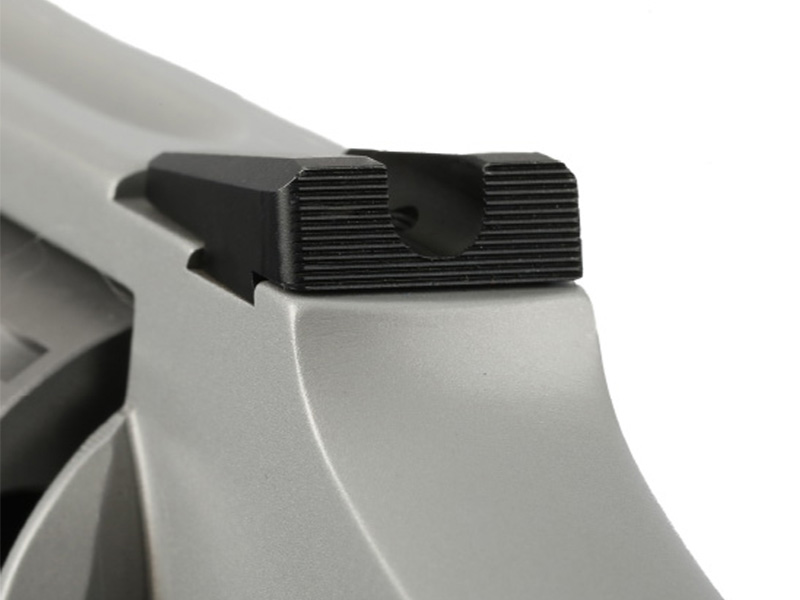
Manual of Arms
You may hesitate to carry a revolver because of the manual of arms learning curve. Yes, using and reloading a revolver is much different than a semi-automatic, but it can become very fast if you train. I always look to Jerry Miculek’s way of reloading, knowing that I can’t even come close to the speed at which he reloads.
But, his way is to push the cylinder release forward (on an S&W), switch the gun to your support hand with your two middle fingers, push the cylinder out, tip it back to perpendicular to the ground, and hit the extractor rod with your dominant hand allowing the spent rounds to extract, then tip it back so the muzzle is facing downwards and either fill it with single rounds or drop your speedloader or moon clip straight down aiming it at the S&W logo. It will go in every single time without binding.
Other options from Massad Ayoob slightly differ. Whichever you choose, as is with the theme of this article, you will have to practice to become proficient and, thus, confident.
Closing Thoughts
Ultimately, more training is the key to overcoming reservations about switching to a revolver. By dedicating time to practice and familiarizing yourself with the nuances of revolver handling, you can easily address the challenges and divert that energy toward problem-solving in defensive situations.
And, often, because you have trained with a revolver with its long trigger pull, less capacity, different manual of arms, and different sights, you are more apt to solve the issue using other manners rather than shooting. You will be more tactically sound.
In the next part, we’ll cover specific training tips to get you proficient with a revolver, holster & ammo considerations, and some tips and tricks directly from Thunder Ranch’s defensive revolver course.
The post So You Want to Carry a Revolver: Part One appeared first on The Mag Life.
Read the full article here

